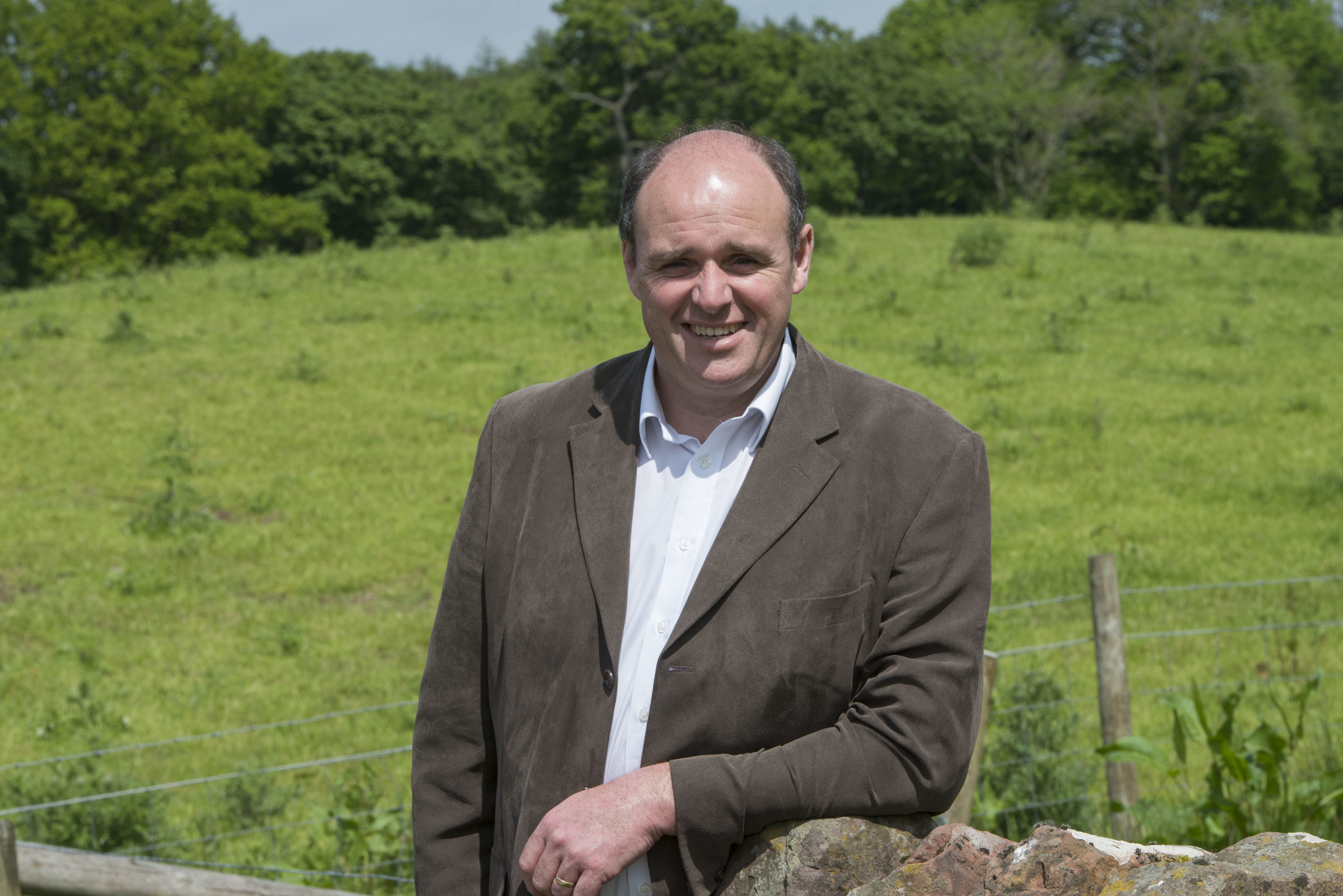Lanarkshire farmer Michael Shannon has a simple business objective and that is to make use of every ounce of grass that he can grow on his 207-acre Thankerton Camp unit near Biggar.
He finishes native bred bought in stores – mostly Aberdeen Angus crosses – all year round without using indoor housing or any expensive equipment.
As much of the beef as possible is sold through his own butchery business and shop but he was at pains to point out that he costed both enterprises separately.
The farm side was paid the published deadweight price in the week the cattle are slaughtered.
“I do it all for the money, “ he said. “I need plenty of it because I am borrowed to the hilt and we have eight children.”
This cheerful Irishman previously worked with British Seed Houses and credited a visit to new Zealand with his eureka moment.
“I saw for myself what could be done by utilising high sugar grasses in the summer and kale with straw over the winter, “ he told a Quality Meat Scotland conference at Airth Castle last week.
He now grazes 200 cattle, mostly heifers, over the summer and 170 over the winter to give him an annual output of 150. He also employs 200 “grassland management assistants”, or sheep as most people know them, and finishes the progeny.
The grass is kept young and grown in rotation with kale and the basic principle of moving the cattle on to fresh ground every day is seen as key.
The targets, which he generally meets, are impressive. Over the summer he aims to produce 1,200 kilograms of live weight gain per acre with each animal gaining 1.5kg per day.
“Fertiliser is the main cost and it comes to 28p per animal per day. It is a case of following the grass and keeping up with it. If I have to take the topper out then I have failed. I aim to graze at 10 to 15cms and take the sward down to 3 to 4 cms that day,” he said.
Michael uses a simple system using electric fences which he moves up the field with single wire electric fences in front and behind the cattle at all times.
He said: “I just work the farm on my own but the cattle are very easy to shift to new paddocks or between fields. I don’t even have a quad bike or a dog.
“It is just a case of standing at the gate and shouting and the cattle come running because they know they are heading for fresh feed.”
The winter routine on kale is similar but includes wrapped straw bales set out in rows up the field with a ring feeder rolled forward every morning. Even so Michael said the whole operation only took around half an hour.
The over wintering targets are more modest with 0.5 kg daily liveweight gain at a cost of 69p deemed satisfactory.
Michael added: “I know that my subsidy will reduce after Cap reform so my margins will be much tighter.
“I may be facing as much as £30,000 less income and the only thing to do will be to reduce costs. I know from the butcher’s business that the housewife is not going to pay much more for beef and lamb.”
